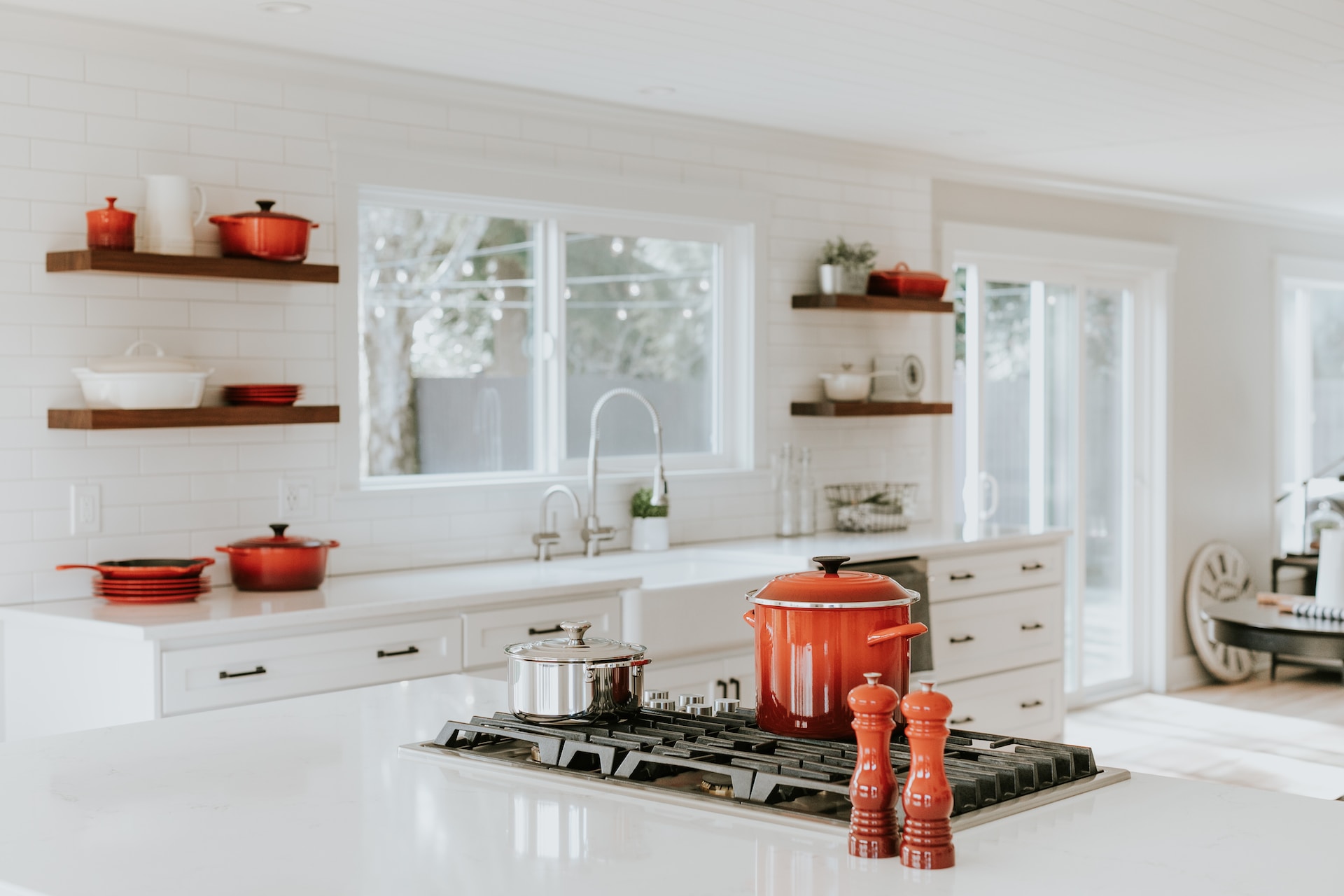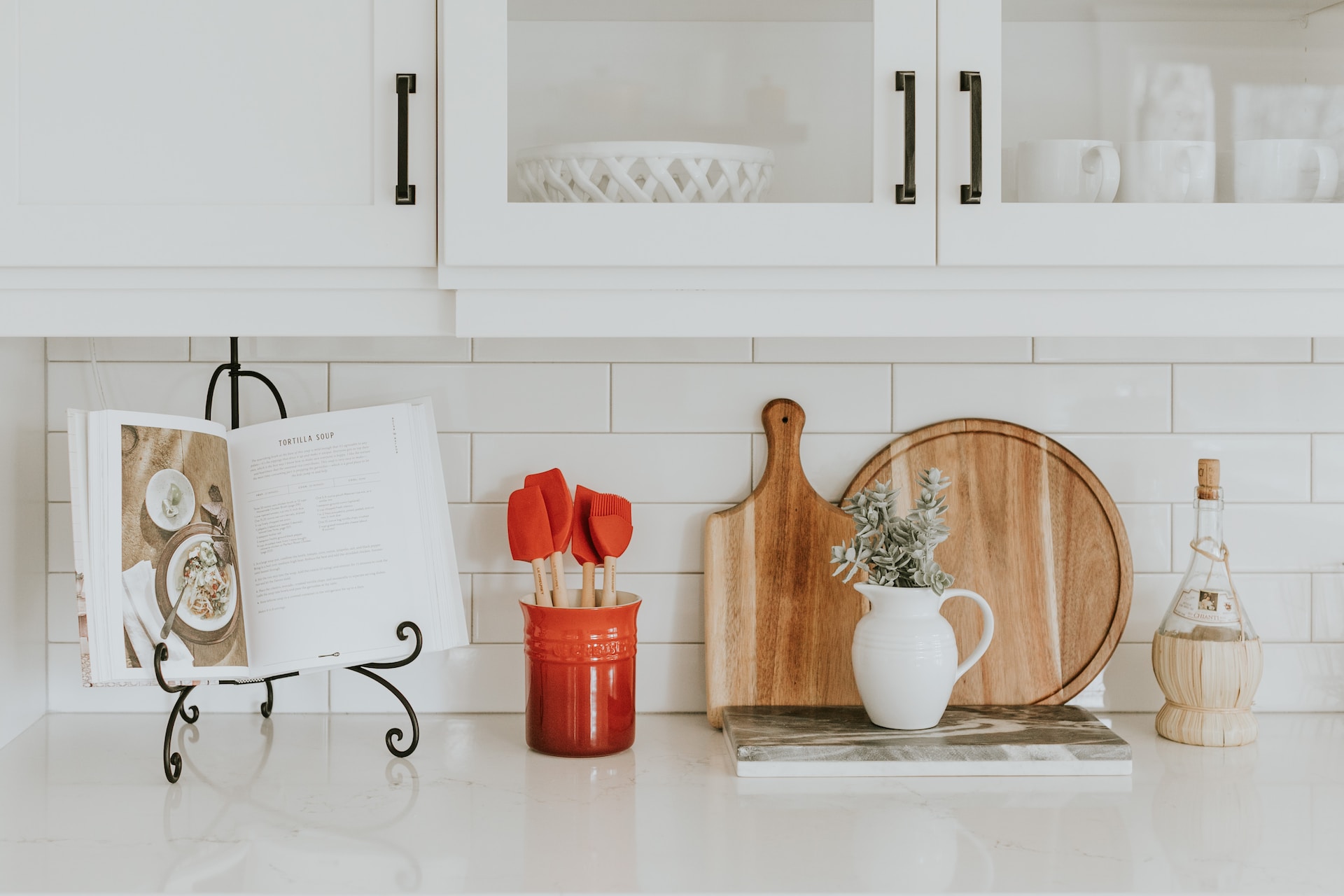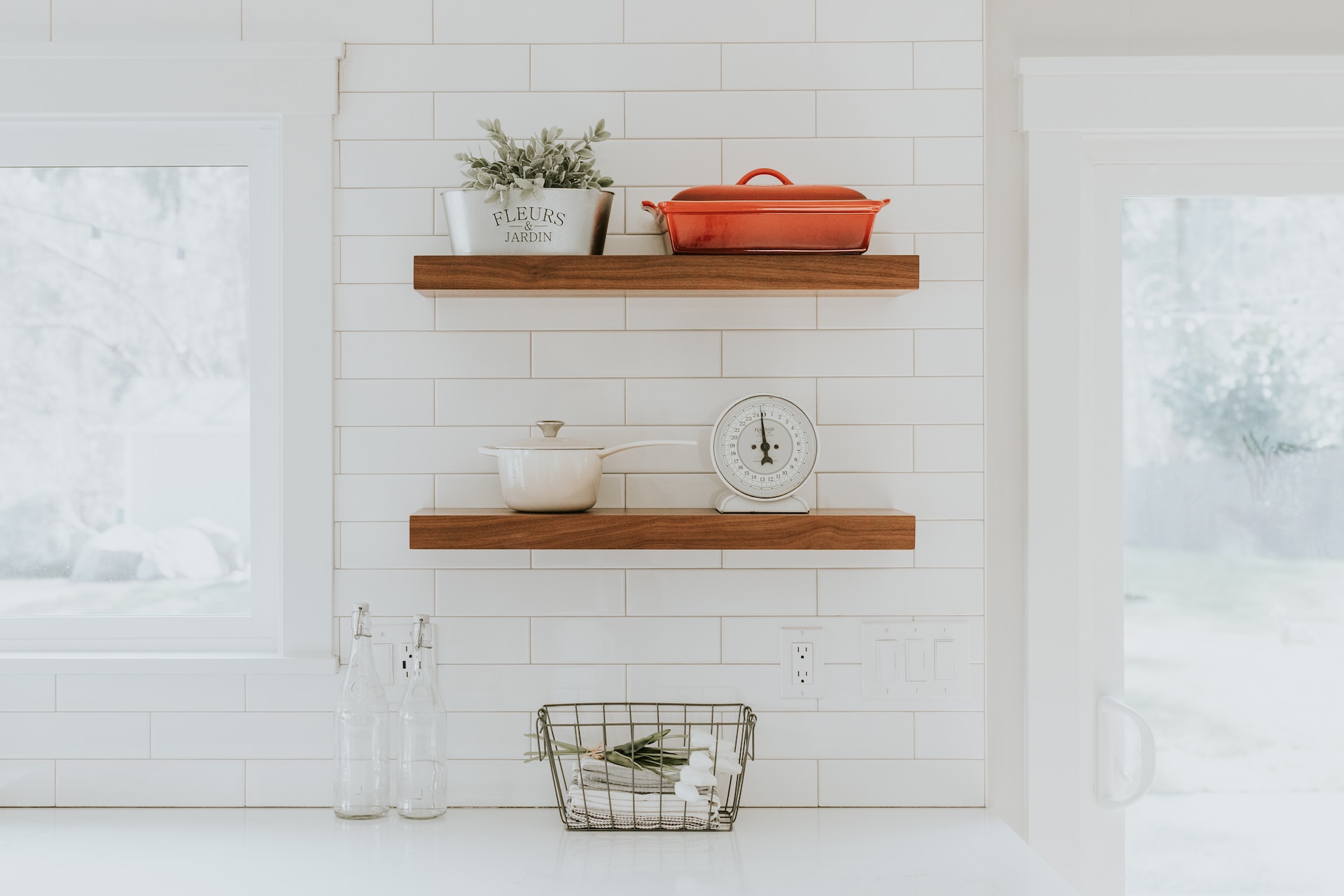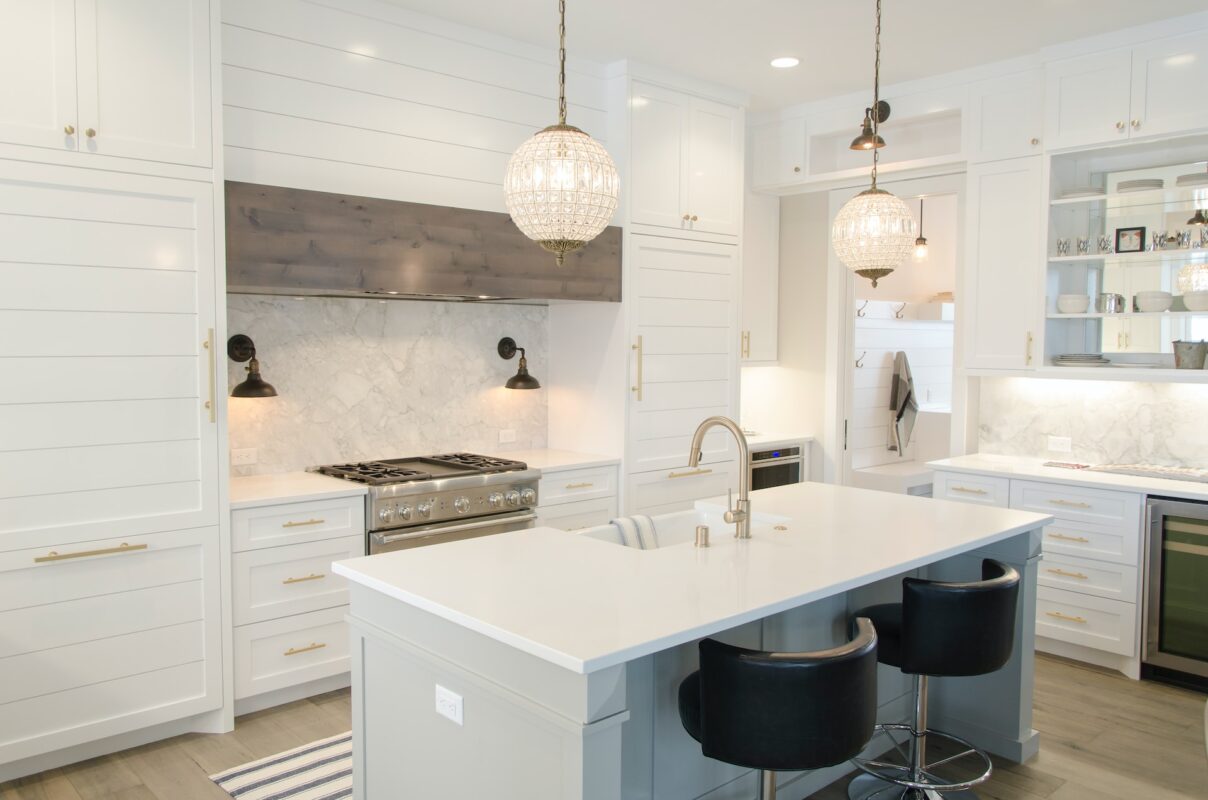Renovating your chi is not just about physical changes to your living space; it’s a holistic transformation that harmonizes the energy flow within your home. One of the most crucial areas for this transformation is your kitchen. In this article, we will explore the art of Feng Shui and how it can infuse new life into your kitchen, making it a place of balance, harmony, and positive energy.
Understanding Feng Shui in the Kitchen
Before we delve into the renovation process, let’s grasp the essence of Feng Shui and its significance in the kitchen. Feng Shui, an ancient Chinese practice, revolves around the idea that the arrangement and design of our surroundings can impact our well-being. For the kitchen, this philosophy emphasizes creating a space where the energies of yin and yang are in perfect balance.

Balance and Harmony: Feng Shui seeks to create a sense of equilibrium in your kitchen. This means ensuring that no single element dominates the space and that opposing forces are in harmony.
The Five Elements: Feng Shui categorizes the world into five elements—wood, fire, earth, metal, and water. Each element represents different qualities and is associated with specific colors and shapes. Balancing these elements in your kitchen is crucial for positive energy flow.
Colors and Materials: The colors and materials you choose for your kitchen can significantly impact its Feng Shui. Understanding which colors promote positive energy and selecting appropriate materials is essential.
Assessing Your Current Kitchen
To start renovating your chi, you must evaluate your existing kitchen’s energy flow. Follow these steps to assess your kitchen’s Feng Shui:
Clutter Analysis: Remove clutter and unnecessary items from your kitchen. Clutter disrupts the flow of positive energy.
Identifying Problem Areas: Determine areas of your kitchen where energy might stagnate or flow too quickly. Blocked pathways or corners can create negative energy pockets.
Furniture and Appliance Placement: Take note of where major appliances and furniture are located. Are they obstructing the flow of energy? Adjust their placement if needed.
Practical Feng Shui Kitchen Tips
Now that you’ve planned your renovation, it’s time to put practical Feng Shui principles into action.

The Role of the Stove and Its Placement: In Feng Shui, the stove represents wealth and nourishment. It should have a clear line of sight to the kitchen’s entrance and be positioned so the cook can see the door, symbolizing protection and prosperity.
The Significance of the Sink and Its Location: The sink is associated with the element of water, which represents wealth and abundance. Keep it clean and clutter-free, and place it in a way that promotes the easy flow of energy.
Maximizing Natural Light and Ventilation: Natural light and good air circulation are essential for positive energy flow. Use curtains or blinds that can be easily adjusted to control the light in your kitchen.
Incorporating the Five Elements into Your Kitchen: Balance the five elements by using colors, shapes, and materials representing each element. For example, you can introduce wooden cutting boards, metal appliances, and water features.
Using Color Psychology in Your Design Choices: Choose colors based on their psychological impact. For instance, red stimulates appetite, while calming blues and greens can create a serene atmosphere.
Renovation and Redesign
With the planning phase complete, it’s time to roll up your sleeves and start the renovation.
Demolition and Construction Considerations: Ensure the demolition and construction processes align with Feng Shui principles. This includes avoiding excessive noise and dust, which can disrupt the energy flow.
Implementing Feng Shui Enhancements: Incorporate Feng Shui enhancements into your design. For example, you can add mirrors to expand the space and invite positive energy.
Furniture and Appliance Selection: Choose furniture and appliances that not only function well but also contribute positively to the kitchen’s energy. Look for items with rounded edges and avoid sharp corners.
Decorating and Accessorizing with Feng Shui in Mind: Select décor items that align with your Feng Shui goals. Crystals, plants, and artwork can enhance the overall energy of your kitchen.
Moving into a new home after renovation
Moving into a new home after an extensive renovation can be both exciting and nerve-wracking, especially when it comes to unpacking fragile inventory. As a2bmovingandstorage.com advises, for these situations, it’s important to have a pair of professional hands to help you out. Careful handling of fragile items will ensure your delicate belongings are unpacked safely in a new kitchen.

If you renovated your entire home and you’re now moving in, here are five essential tips for you:
Inspect the Renovated Areas: Thoroughly check for unfinished work or safety concerns before moving in.
Deep Cleaning: Prioritize a comprehensive cleaning to rid your home of renovation-related dust and debris.
Furniture Placement: Plan your furniture layout thoughtfully to maximize design and functionality.
Essential Unpacking: Start by unpacking essential items like kitchen supplies and bedding for immediate comfort.
Safety First: Ensure smoke detectors, carbon monoxide detectors, and security systems are functional for your peace of mind.
Maintenance and Daily Practices
A Feng Shui-infused kitchen requires ongoing maintenance and daily practices to maintain its positive energy.
Keeping the Kitchen Clutter-Free: Regularly declutter your kitchen to prevent the accumulation of stagnant energy. A clutter-free space promotes a clear mind and positive vibes.
Regular Energy Cleansing and Space Clearing: Use methods such as smudging with sage or incense to cleanse the energy in your kitchen. This practice removes any negative energy that may accumulate over time.
Incorporating Mindful Cooking Practices: Approach cooking with mindfulness and positive intentions. When you cook with love and care, you infuse your food with positive energy, benefiting you and your loved ones.
Maintaining a Positive Kitchen Atmosphere: Encourage positivity in your kitchen by fostering harmonious interactions and communication with family members and guests.
Conclusion
Renovating your chi through a Feng Shui-infused kitchen transformation is not just about aesthetics; it’s about creating a space where positive energy flows freely. By understanding the principles of Feng Shui, assessing your current kitchen, and carefully planning your renovation, you can achieve a kitchen that nourishes your body, mind, and spirit. Embrace the power of Feng Shui and unlock the potential for balance, harmony, and abundance in your kitchen and life. Start your journey toward renovating your chi today.
Author’s BIO:
Sarah Jones is a prolific writer and blogger whose life revolves around her passions: lifestyle, family, moving, and home design. With a knack for crafting engaging narratives, she shares heartfelt stories of her family’s journey, offers invaluable insights into home design trends, and inspires readers to embrace the beauty of a well-lived life.
